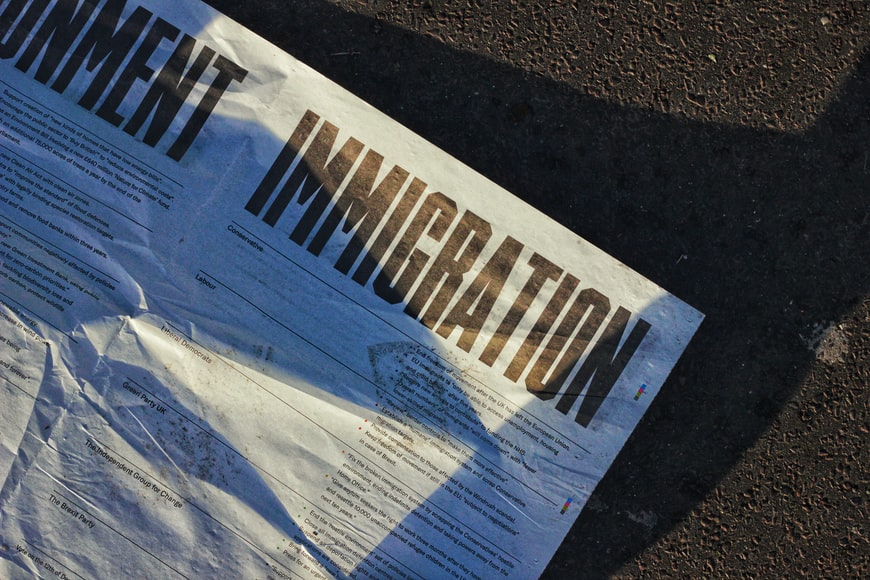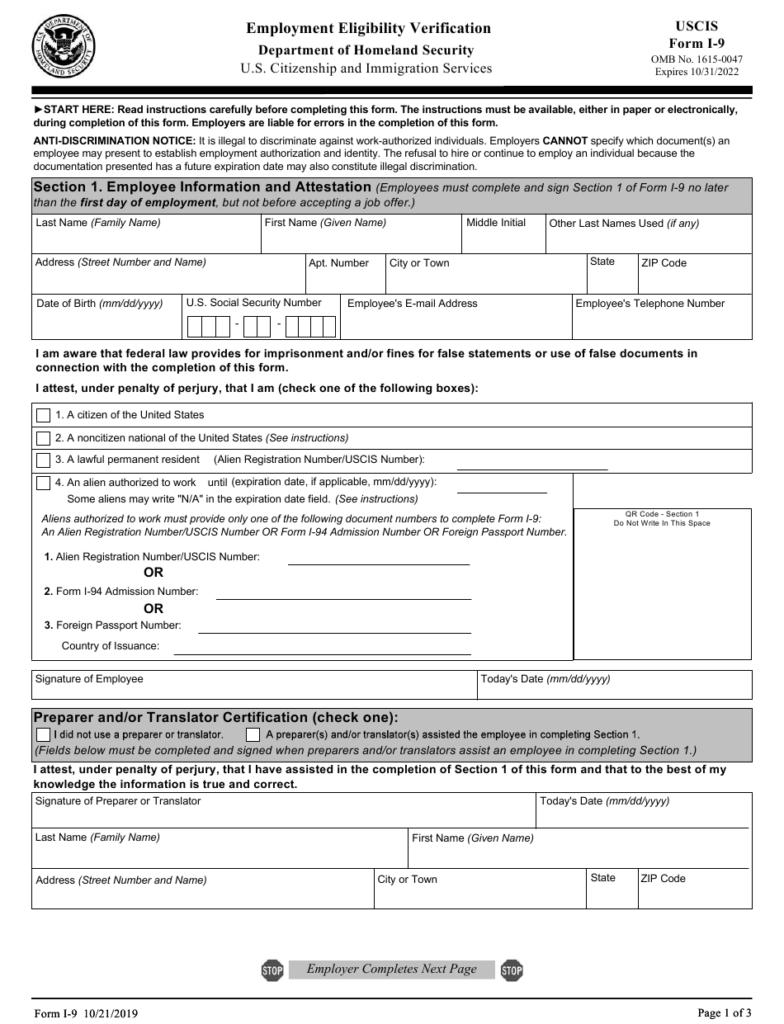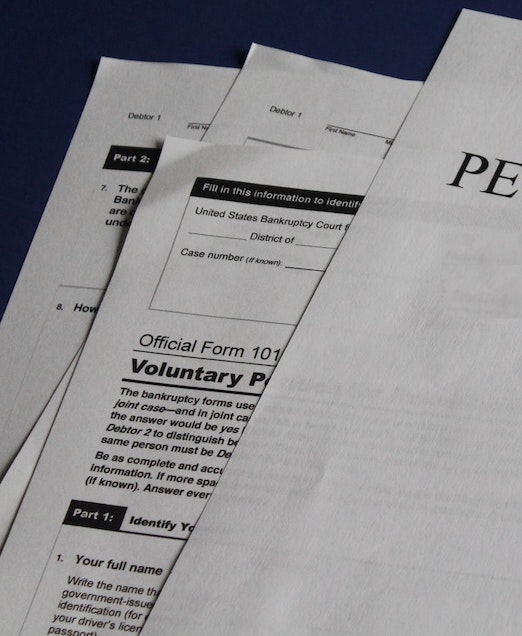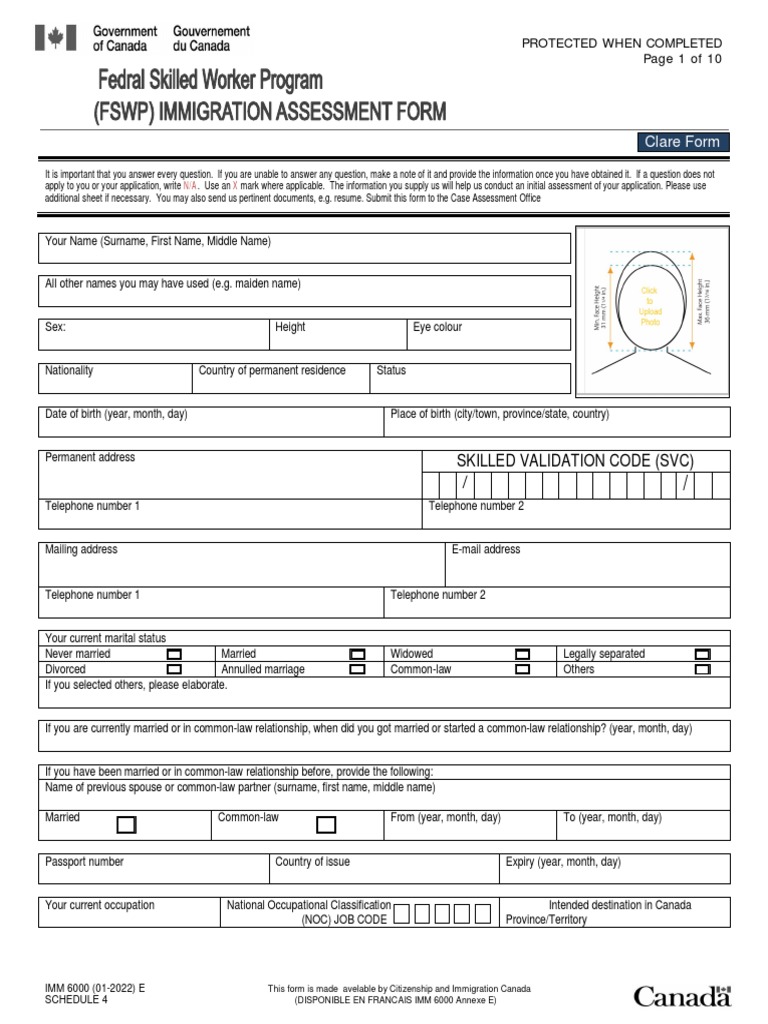Immigration Paperwork Help: Where to Start

Embarking on the journey to a new country involves a labyrinth of paperwork and legal processes that can feel overwhelming for many. Immigration isn't just a shift of location; it's a life-changing transition that requires careful preparation, an understanding of immigration laws, and diligent management of documents. Whether you're looking to study, work, or settle in a new country, knowing where to start can make all the difference. This guide will walk you through the critical steps you need to take in organizing your immigration paperwork.
Understanding Your Immigration Goals

Before diving into the paperwork, it’s essential to define your immigration goals:
- Are you aiming to study abroad?
- Is your objective to work or start a business in a new country?
- Do you wish to reunite with family or apply for asylum?
Each of these goals corresponds to different pathways with specific requirements.
🔍 Note: Researching the immigration options that align with your goals can give you a clearer picture of the steps ahead.
Research Your Destination Country

Every country has its immigration policies, and these can vary widely:
- Learn about visa categories and eligibility requirements for your intended stay duration.
- Understand the conditions and benefits of each visa or status.
- Familiarize yourself with any cap or quota systems in place.
Having this knowledge is fundamental before beginning your application process. Here’s where you can look:
| Country | Official Website |
|---|---|
| United States | USCIS Website |
| Canada | IRCC Website |
| Australia | Australian Immigration Website |

🔍 Note: Official websites are the most reliable sources for up-to-date information on immigration.
Collect Important Documents

The preparation of your immigration file is a meticulous process. Here’s what you’ll need:
- Valid passport.
- Birth certificate (translated if needed).
- Police clearance certificate to show you have no criminal record.
- Proof of financial means (bank statements, financial guarantees).
- Health certificates, especially for countries requiring medical exams before entry.
- Previous immigration records or travel history.
- Family registry documents if applying for family reunification.
- Educational certificates for study visas or work.
- Employment history, reference letters, and work permits if applicable.
🔍 Note: Documents in languages other than the official language of your destination country usually require certified translations.
Choose Your Immigration Path

Once you’ve assembled your documents, you’ll need to choose your immigration path:
- Student Visa - For studying abroad.
- Work Visa - For employment opportunities.
- Investment or Entrepreneur Visa - For starting a business.
- Family Reunification - To join family members already living abroad.
- Refugee/Asylum - For those seeking protection or fleeing persecution.
- Visitor Visa - Short-term visits.
Each visa category has its own set of requirements and procedures.
🔍 Note: Some countries offer more than one way to migrate. Consider your options carefully.
Application Process

The application process varies by country, but here are the general steps:
- Complete the relevant application forms.
- Submit all required documentation.
- Pay the visa or application fee.
- Attend an interview if required.
- Wait for the processing of your application.
Keeping track of your application and being prepared for interviews or additional document requests is crucial.
🔍 Note: Some applications can take months or even years to process, so patience and organization are key.
Managing Legal Support
Immigration laws are complex. Here are ways to get support:
- Consult with an immigration lawyer or expert.
- Utilize local consulates or embassies for information and advice.
- Participate in community support groups or forums for people in similar situations.
🔍 Note: While professional help can be invaluable, due diligence is needed when selecting legal services to ensure credibility.
In summary, navigating immigration paperwork involves several steps, starting from understanding your objectives and researching your destination country's immigration framework. Gathering documentation, choosing the right visa, and managing the application process efficiently are paramount. Remember to seek legal counsel when necessary, but also to engage with communities and resources available online. The journey to successful immigration requires time, organization, and attention to detail, but with the right approach, you can set yourself on the path to a new beginning.
Can I apply for multiple types of visas simultaneously?

+
Generally, you can’t apply for multiple visas at the same time for the same country, but rules vary. It’s best to check with the immigration office of the country you’re interested in.
How long does it typically take to process an immigration application?

+
Processing times can range from a few months to several years, depending on the country, type of visa, and the backlog of applications at the time of submission.
What should I do if my application is denied?

+
Reevaluate the reasons for denial, consider appealing the decision if eligible, or explore alternative visa options or entry methods. Consulting with an immigration lawyer can also provide additional insights.
Is hiring an immigration lawyer essential?

+
While not always essential, a lawyer can offer significant guidance through the complex process, especially if you face challenges or legal complexities.
Can I work while my immigration status is being processed?

+
It depends on the country’s regulations. Some countries allow work authorization while waiting for a permanent visa, while others might have restrictions. Always check the specific policies of your destination.